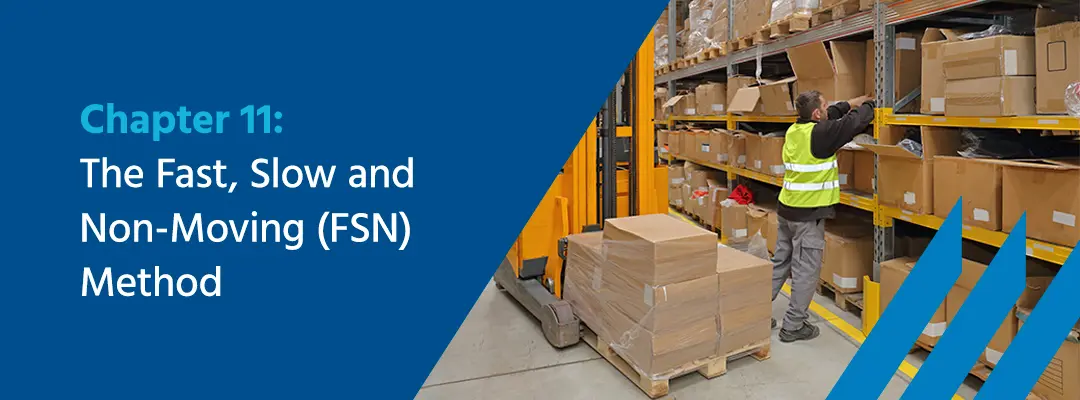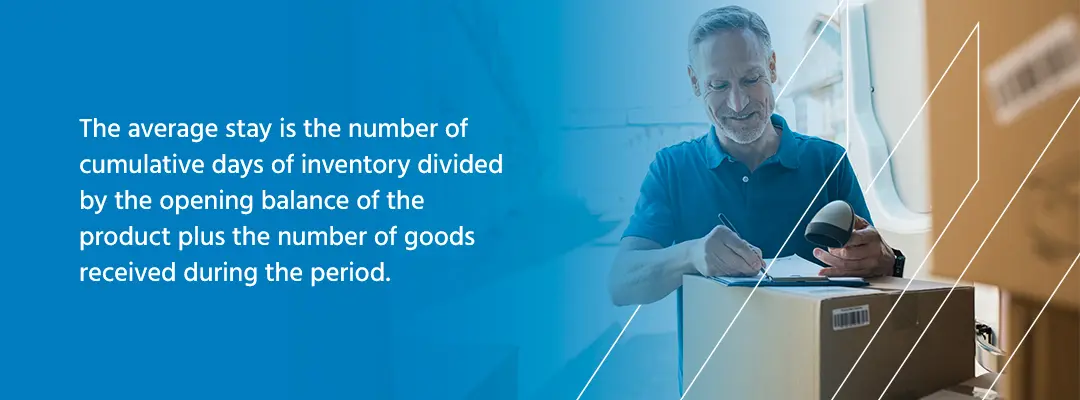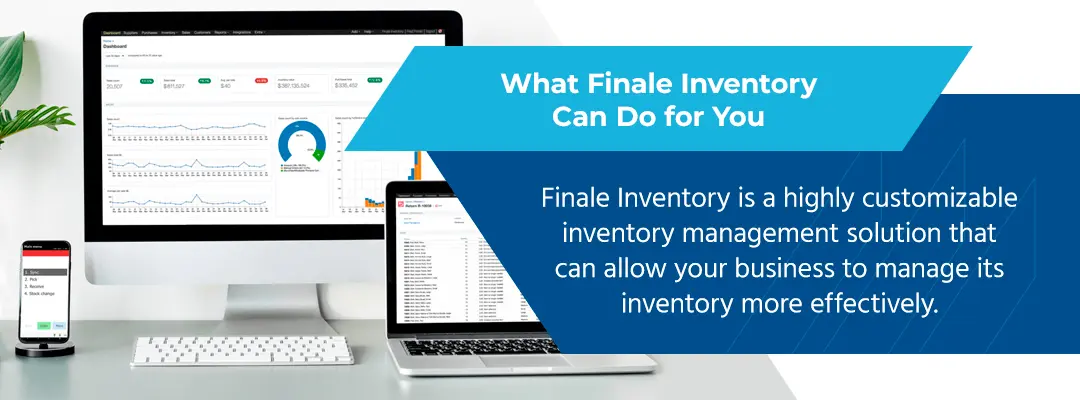Chapter 11: The Fast, Slow and Non-Moving (FSN) Method

Fast, slow and nonmoving (FSN) inventory analysis is often used with ABC analysis to help inventory managers prioritize their inventory control techniques and resources. Fast-moving inventory may require more attention than slow-moving inventory, just as high-value products may require more attention than low-value stock.
By first prioritizing how you will dedicate your attention and resources, you can improve inventory management. Analyzing your inventory for speed of consumption in addition to value can help you set up inventory handling methods that work best for your product portfolio.
What Is the Fast, Slow and Nonmoving Method of Stock Control?
Similar to ABC analysis, the FSN inventory management techniques classify stock into three categories:
- Fast-moving: These goods sell quickly and typically have a lower profit margin. It’s generally best to keep a larger volume in stock and a larger quantity of safety stock. These items also need more stock control and better monitoring. In general, your fast-moving category should make up about 20% of your inventory.
- Slow-moving: These items are still selling, just not as quickly. They typically have a very low turnover rate and can be problematic if not addressed. Slow-moving stock typically accounts for 35% of your total inventory.
- Nonmoving: The nonmoving category represents your deadstock — items with little-to-no demand that are unlikely to sell. Inventory managers might store nonmoving items in the back of the warehouse if they expect the item to come back into demand with a changing season. If nonmoving inventory sells at all, you typically do not want to replenish it. However, most nonmoving inventory should be unloaded. Often the best strategy is to donate it, allowing you to get rid of the product and earn a tax benefit.
Benefits of FSN analysis include creating a storage system based on FSN analysis that can help you eliminate movement waste and save time within the warehouse. By keeping your fastest moving products closest to the receiving and loading dock, your workers can access them more easily.
Another useful application of this strategy is product kitting or bundling, which is popular with health and beauty, electronics and food and beverage companies. A company might create a bundle that pairs a fast-moving product with a slow-moving product to help move the slower products faster and clear up inventory space.

How Do You Determine Fast, Slow and Nonmoving Inventory?
Analyzing your fast, slow and nonmoving inventory requires a few simple formulas and steps, including:
- Determine the average stay and consumption rate: The average stay is the number of cumulative days of inventory divided by the opening balance of the product plus the number of goods received during the period. This equation will result in a number representing the average number of days the product stays in storage. The consumption rate is the total number of products distributed divided by the total number of days in the inventory period.
- Calculate the cumulative consumption rate and cumulative average stay: The cumulative average stay is the average stay of a particular item plus the average stay of all items with a longer average stay. The cumulative consumption rate is the consumption rate of a product plus the consumption rate of all items that move faster than that product.
- Turn these figures into a percentage: The percentage average stay is calculated by taking the cumulative average stay of one item divided by the cumulative average stays of all items and multiplying by 100. The percentage consumption rate is calculated by taking the cumulative consumption rate of one product and dividing that by the cumulative consumption rate of all items, then multiplying it by 100.
- Categorize products based on percentage: Fast-moving products include any product with a score of 10% or less on the average cumulative stay and 70% of the average consumption rate. Slow-moving products include any product with a score of 20% or below on the average cumulative stay and 20% of the average consumption rate. Nonmoving products include any product with a score of 70% or less on the average cumulative stay and 10% or less of the average consumption rate.
Track Sales Velocity With Finale Inventory
Finale Inventory makes it easy to identify your fastest-moving inventory and your slowest and nonmoving inventory alike. In our analytics dashboard, you can examine the sales velocity per product and see which items move quickly, slowly or not at all.
You can also contact us for help generating a custom report that automatically classifies your inventory by sales velocity. This makes analyzing your inventory using the FSN method a breeze! Contact Finale for a demo and talk to an expert.

What Finale Inventory Can Do for You
Finale Inventory is a highly customizable inventory management solution that can allow your business to manage its inventory more effectively. Our robust features have many applications across many businesses and industries, helping you adopt the tools and techniques of inventory control that work best for your unique business model. Our solution includes features such as:
- Real-time inventory tracking: Use your sales, purchase order documents, invoices and shipping records to update stock quantities in real time.
- Barcode inventory management: Using our barcoding module and mobile scanners, you can speed up warehouse operations and inventory handling techniques such as receiving, picking, packing, fulfillment and inventory auditing.
- Multi-warehouse support: Track inventory by location across multiple buildings or multiple locations within a single warehouse.
- Purchasing and replenishment: Leverage reorder points to monitor stock levels and replenish inventory on time in the correct amounts. Generate purchase orders and send them directly to vendors right in the software.
- Order management: Manage customer orders across all your sales channels and ensure they ship out on time.
- Software integrations: Integrate Finale Inventory with your marketplaces, shopping cart platform, accounting software and shipping manager. This keeps your inventory records up to date for all aspects of your business.
- Inventory accounting: Calculate landed costs and access many financial reports to help you manage your business, report taxes and maintain regulatory compliance.
- Serial and lot number tracking: Track serial numbers for electronics and automotive parts and lot numbers for food, beverage, health and beauty products.
E-Commerce Inventory Made Easy
Finale Inventory empowers companies to take their business digital and begin selling online. We offer various tools to simplify e-commerce inventory management. The core of our solution is the ability to easily manage inventory in a centralized platform for all your online sales channels. You can track sales and update your inventory levels across marketplaces such as Amazon or eBay alongside your own e-commerce store via a shopping cart platform integration. With this tool, you can update inventory levels across the web in real time, preventing you from overselling and helping you take advantage of all sales opportunities.
We also offer a product kitting and bundling feature that helps you track inventory for the individual products included in a bundle. When a customer orders a kit online, Finale Inventory will decrement stock levels for every item included in the bundle, so you can continue selling items individually and as a set using one centralized set of stock.
To learn how Finale can make your ecommerce business more efficient. Talk to an expert today!

Get Started with Finale
Our guided implementation during your onboarding will set you on the path to scaled business growth in just two weeks.
Get a demo on the
first call.Pricing is fair and
transparent.Onboarding starts
with a dedicated consultant.
Get a demo on the
first call.Pricing is fair and
transparent.Onboarding starts
with a dedicated consultant.
Your time is valuable. That's why we jump into the software during your first call.
Finale offers competitive pricing because users stay and grow.
Guided implementation during your onboarding to be set for success.



